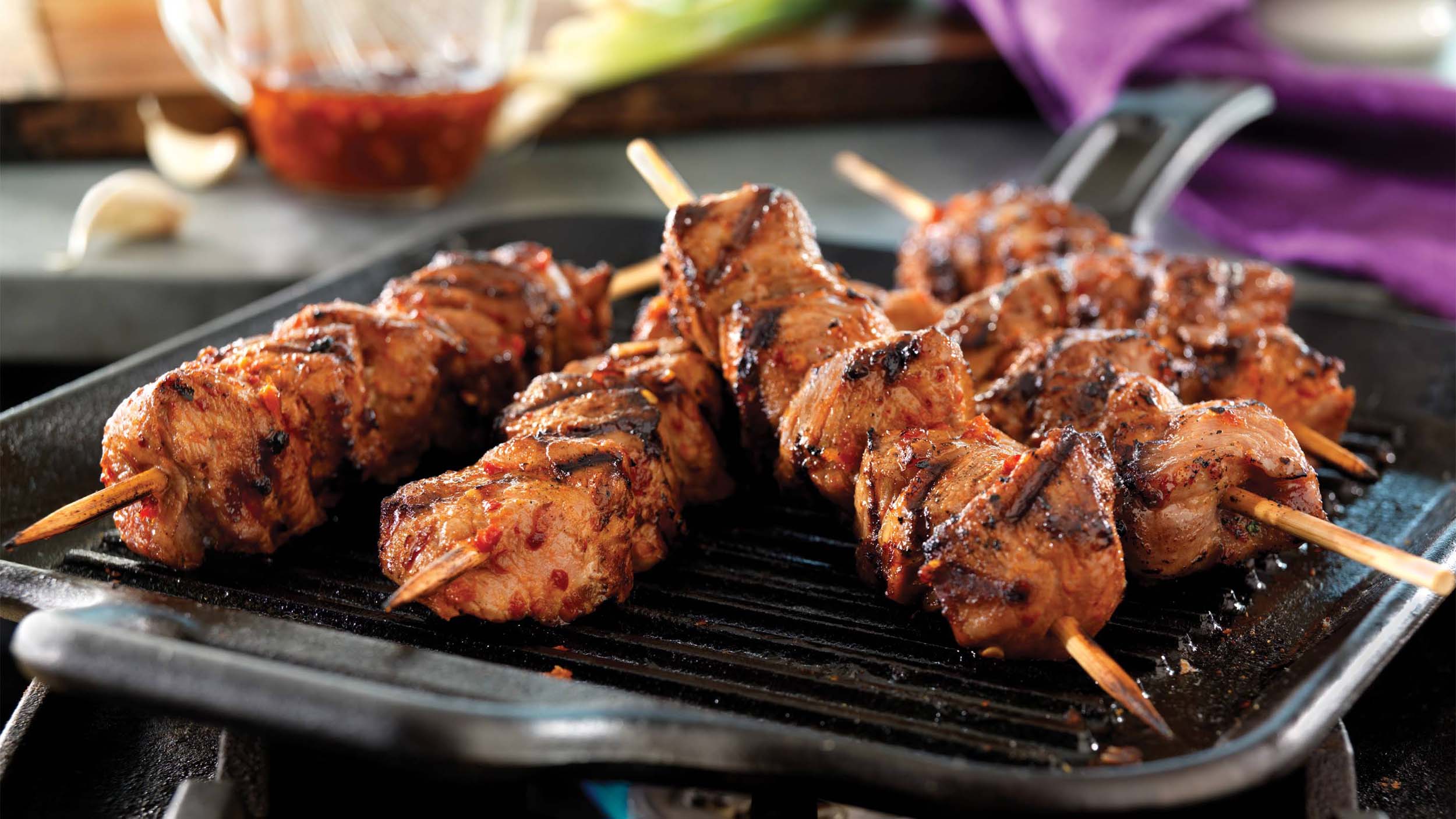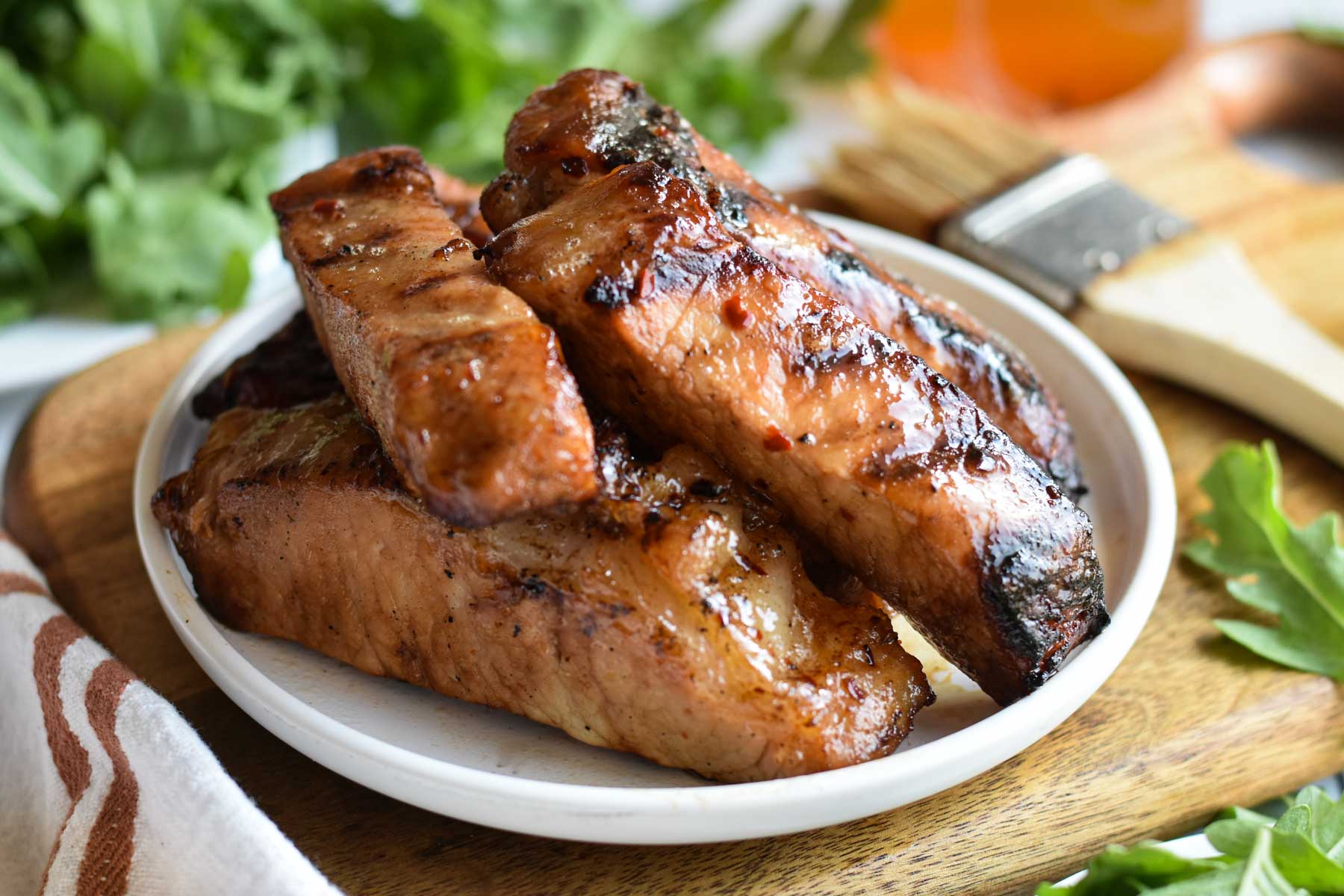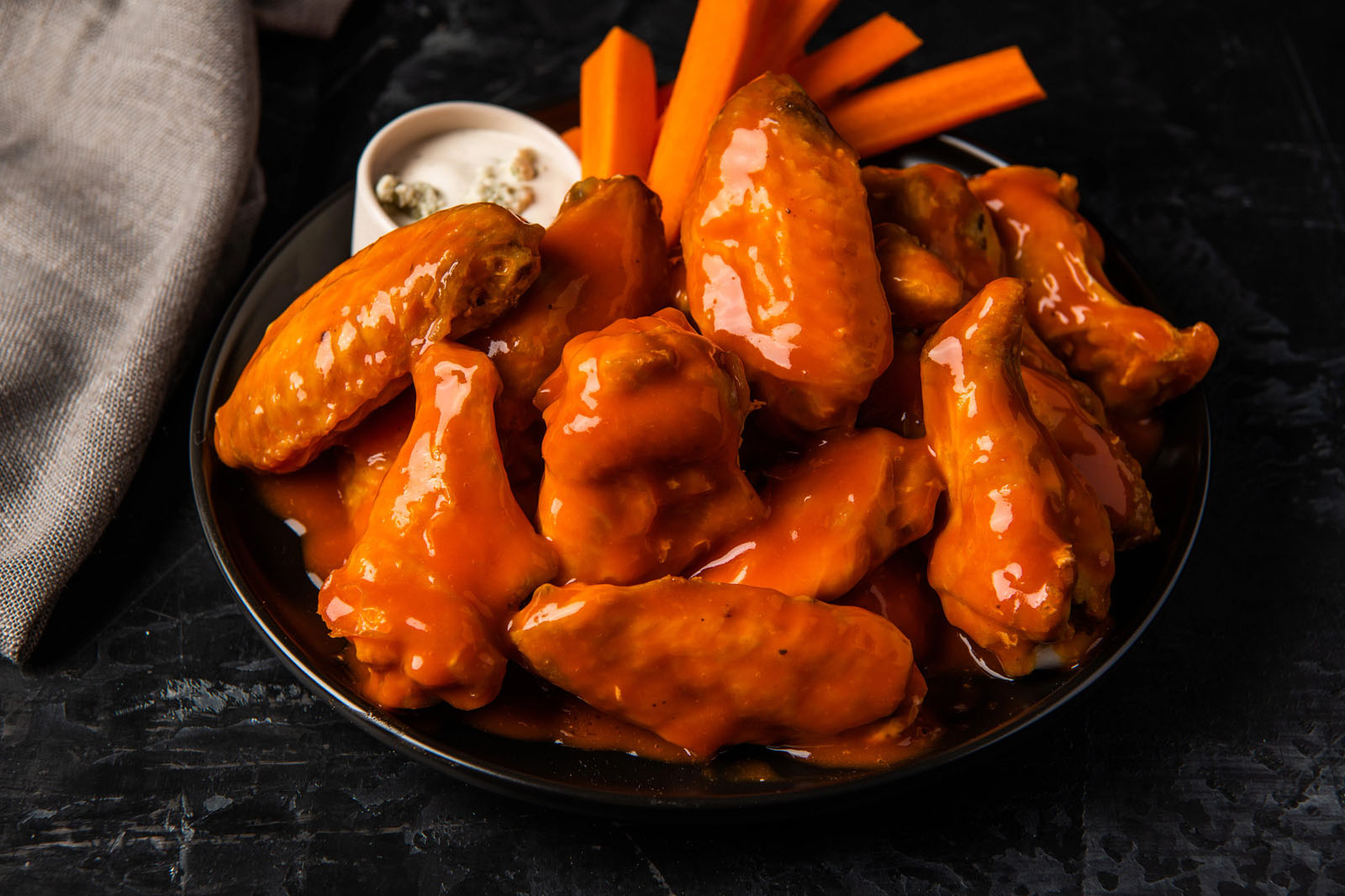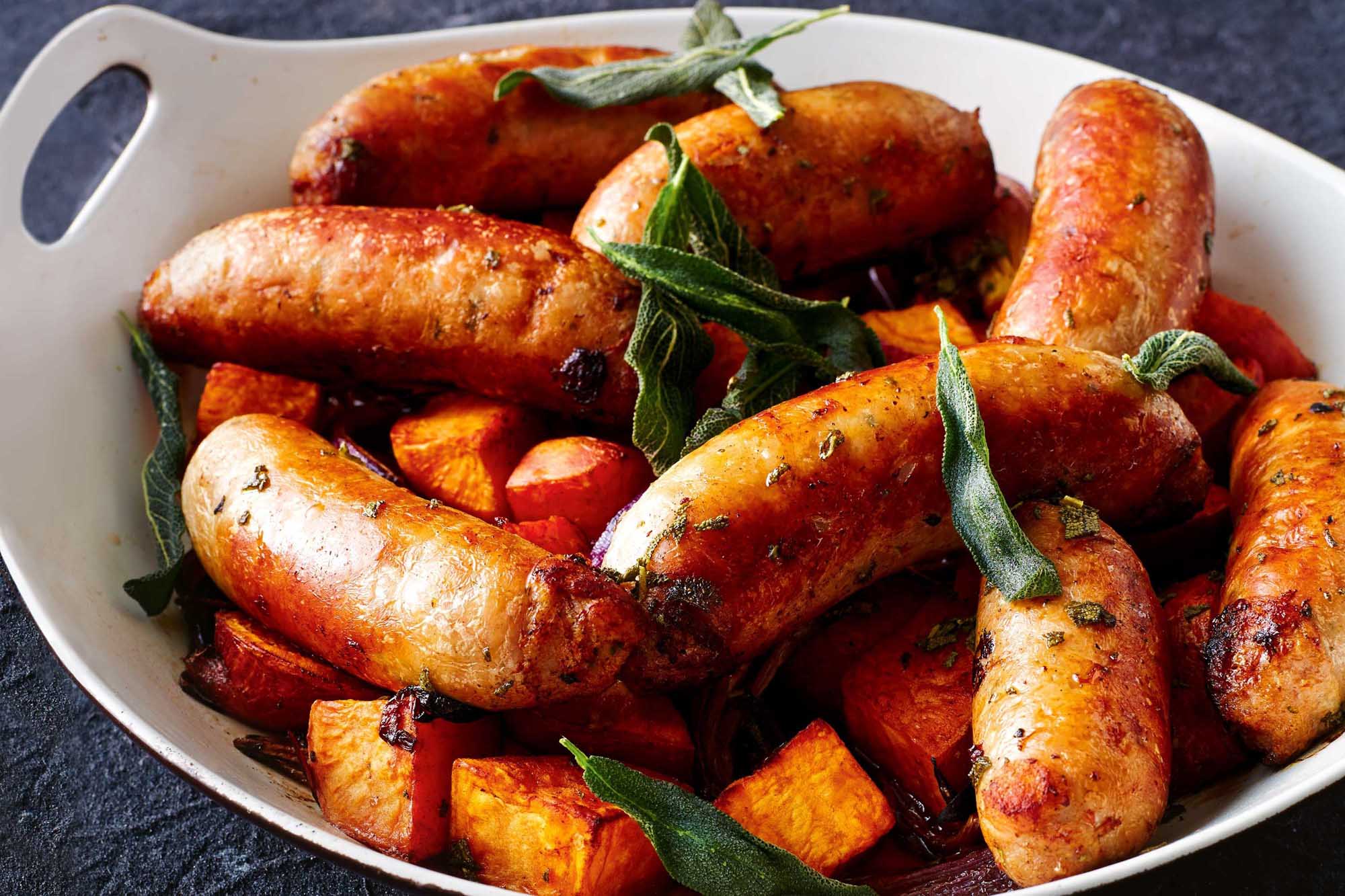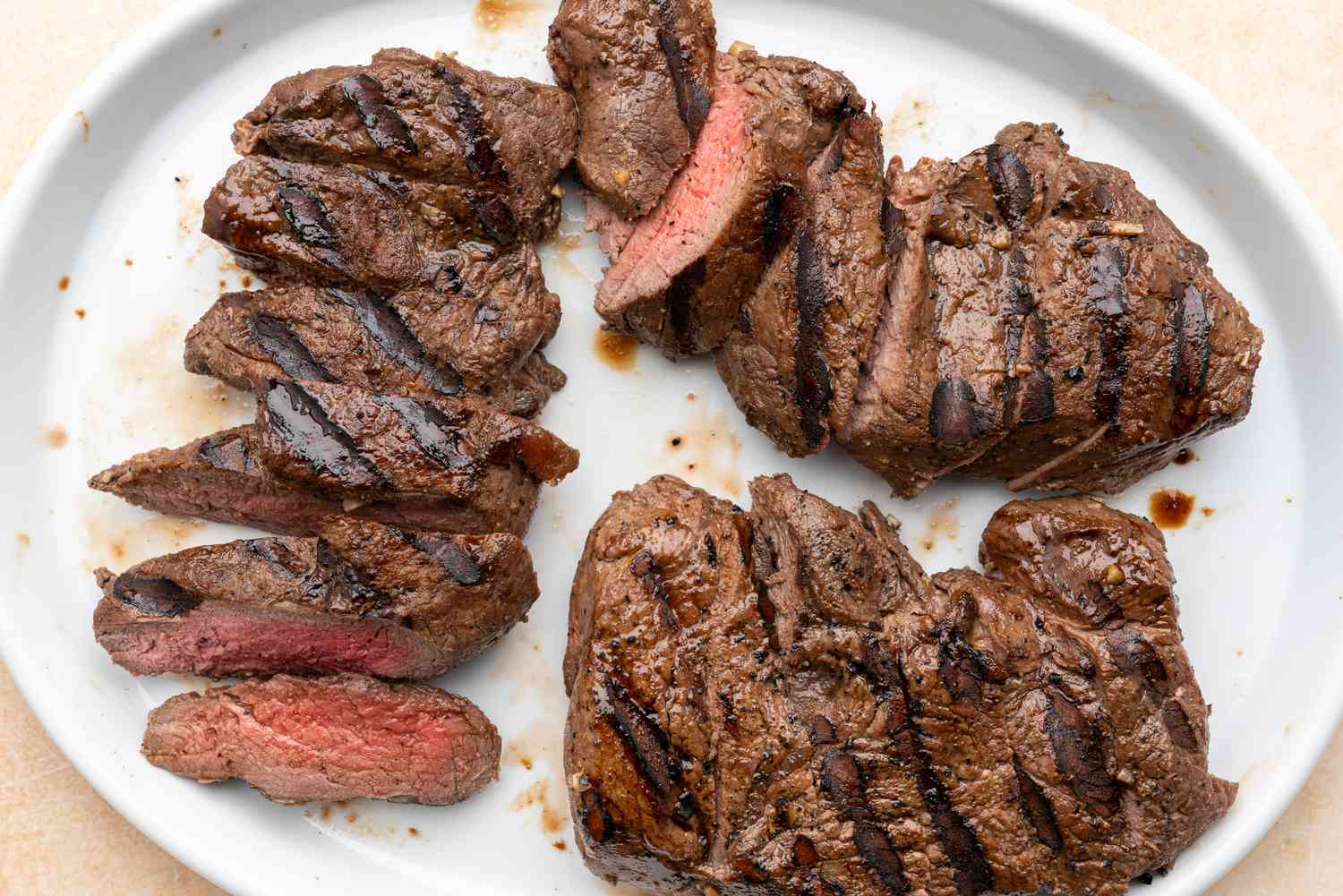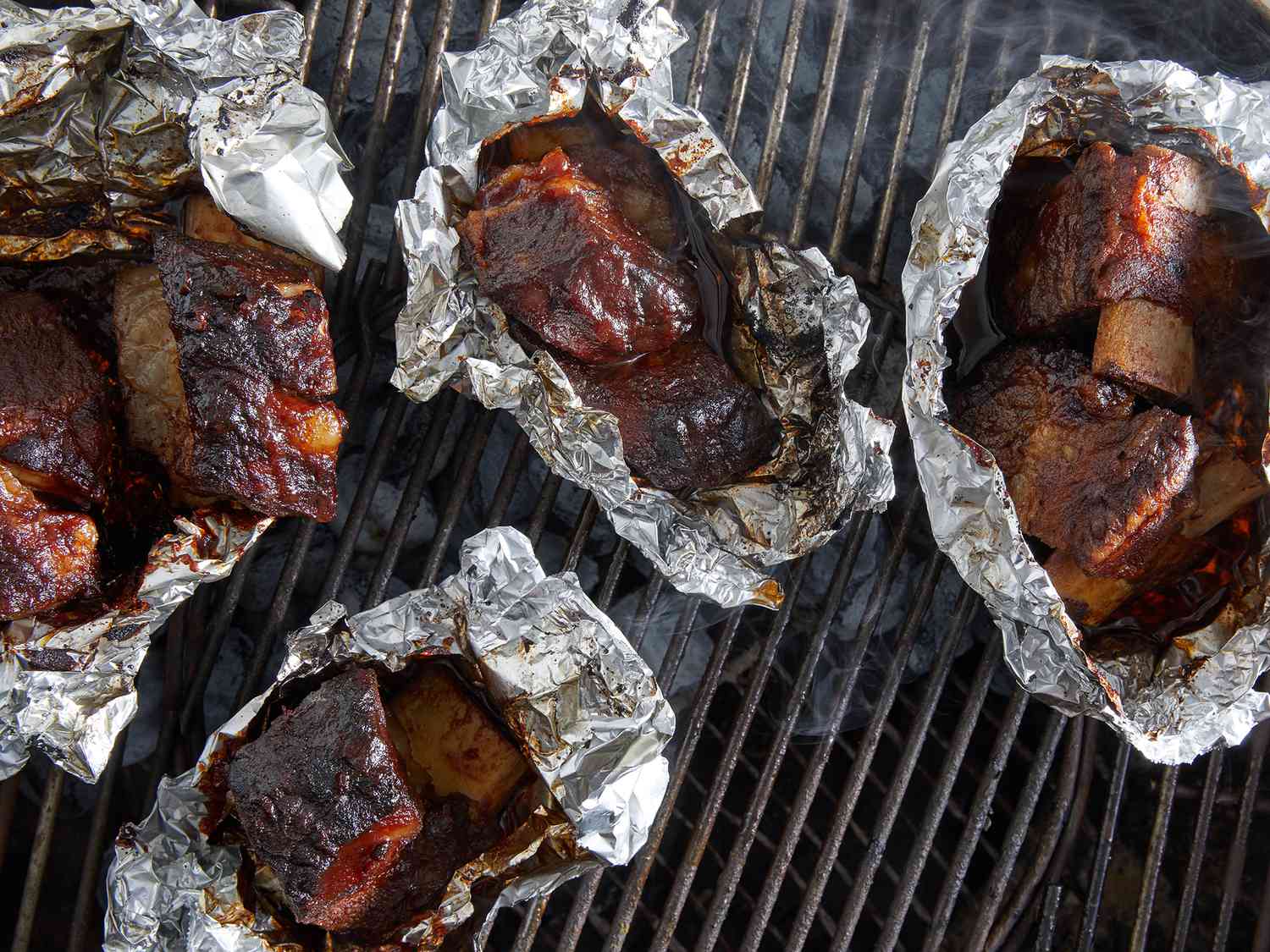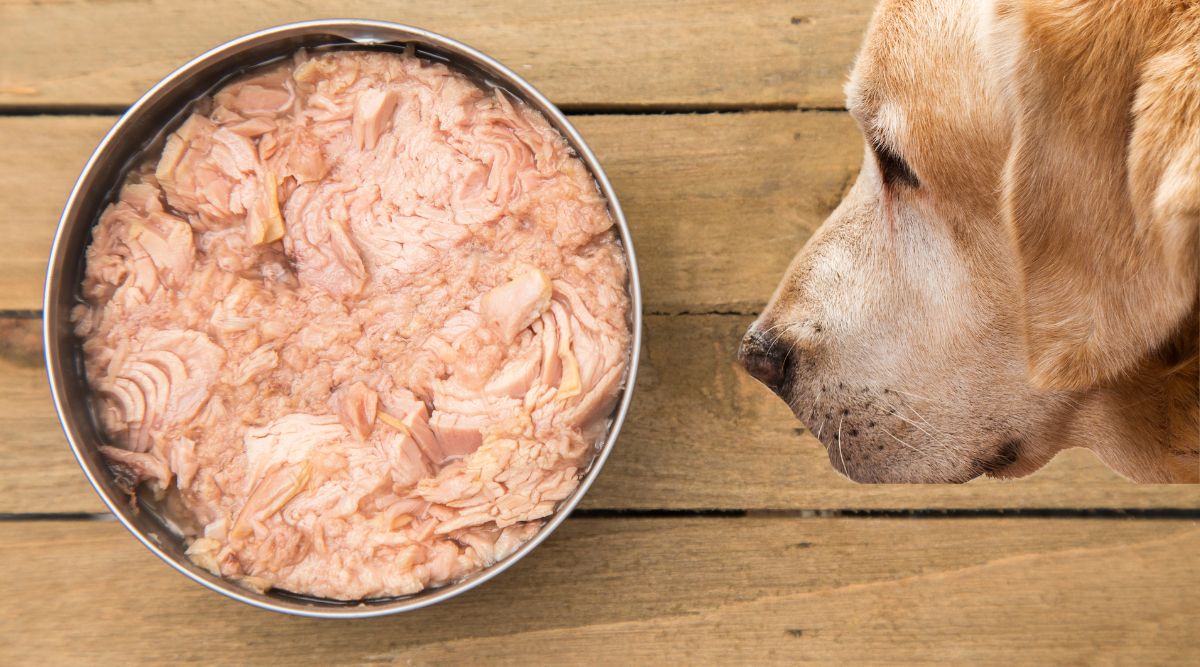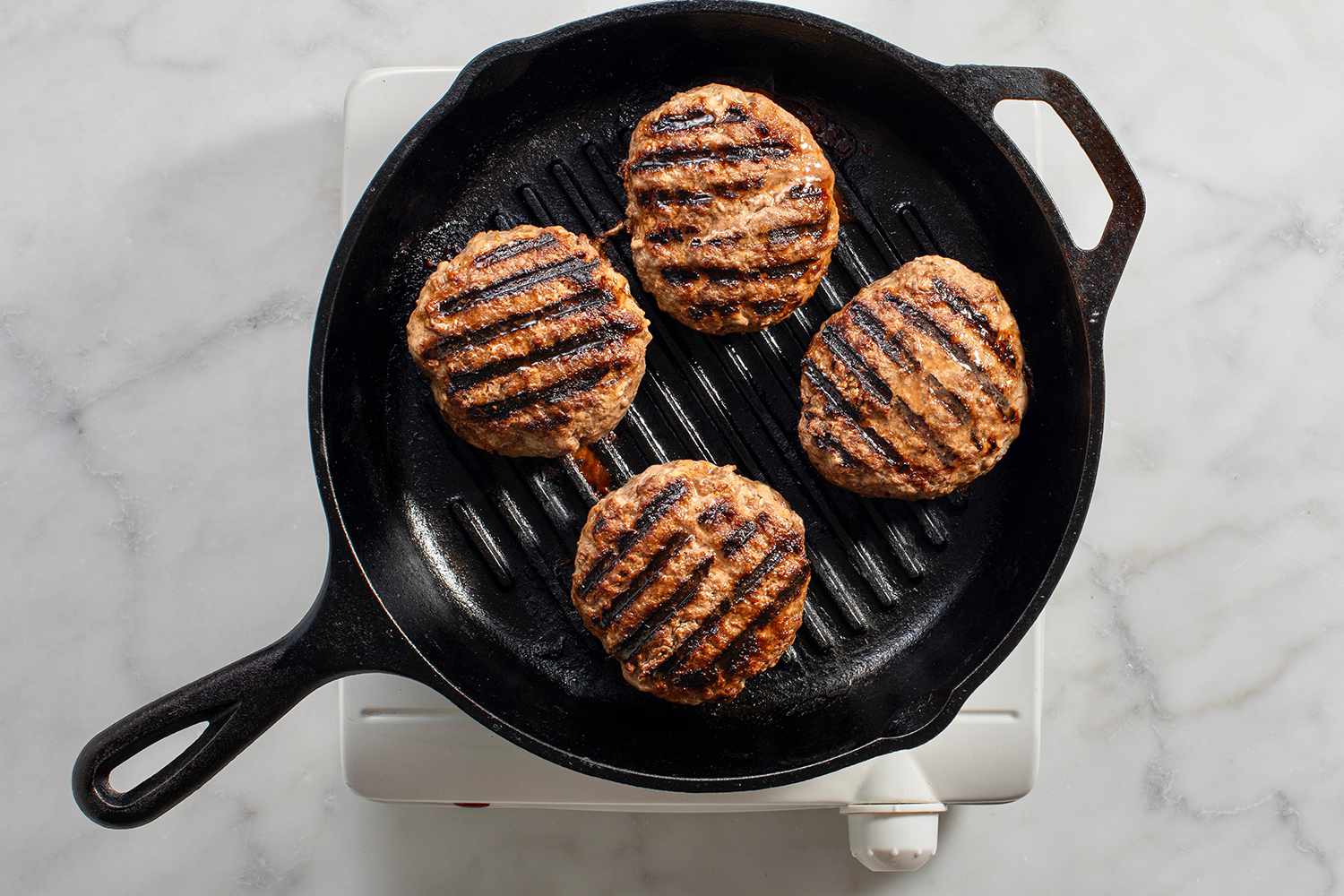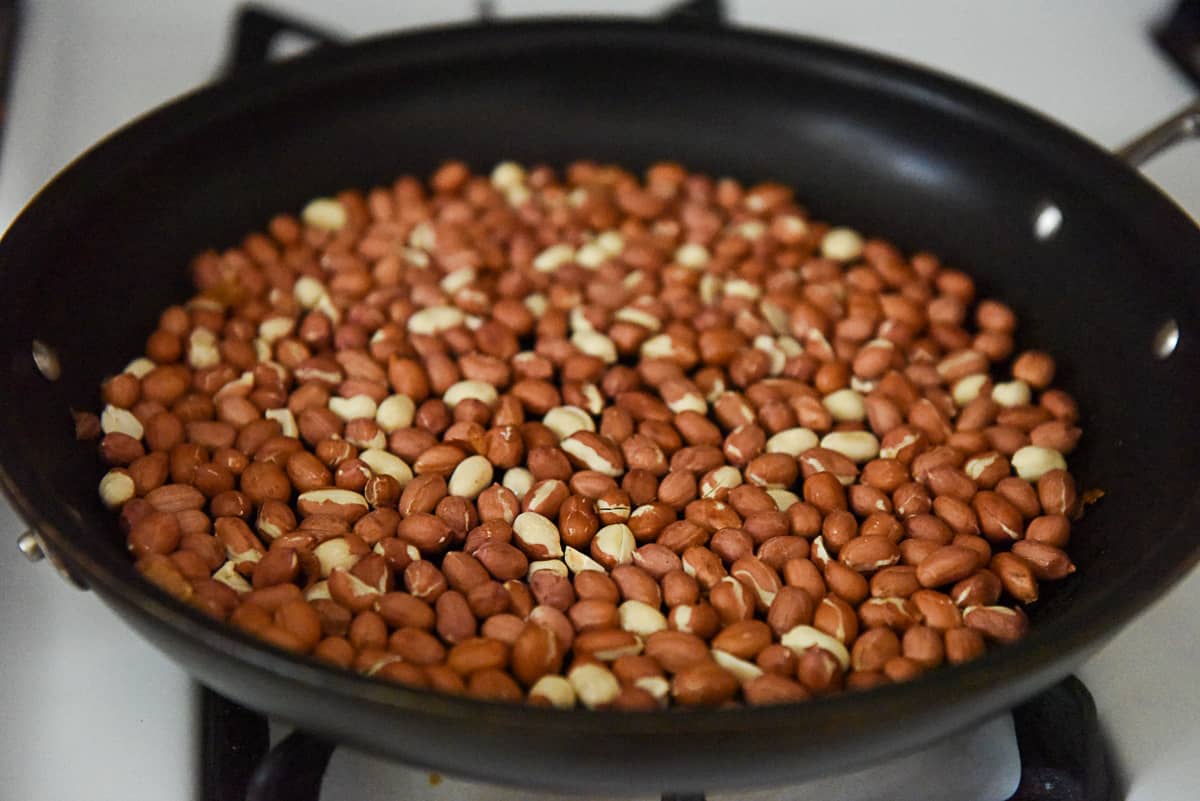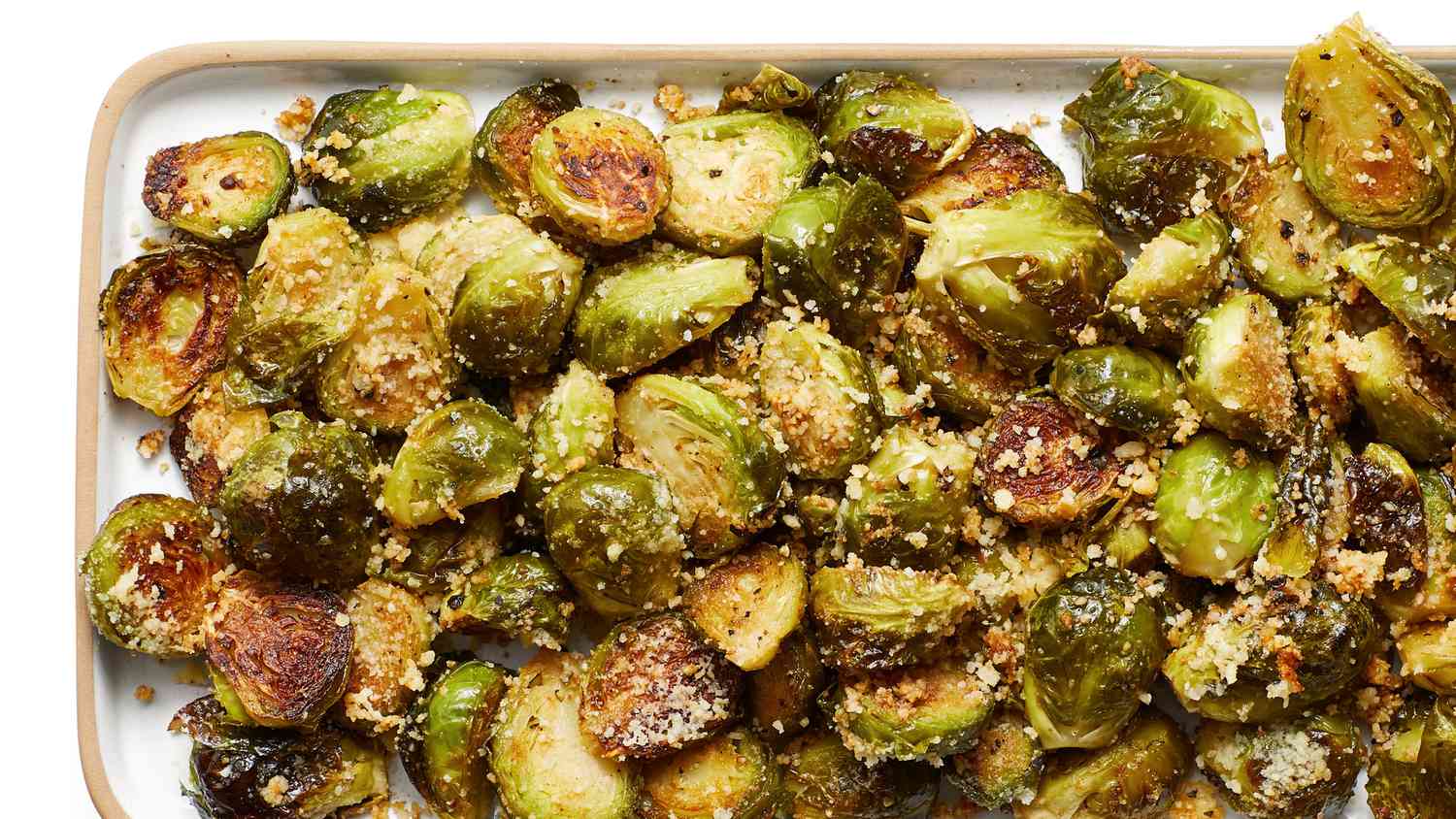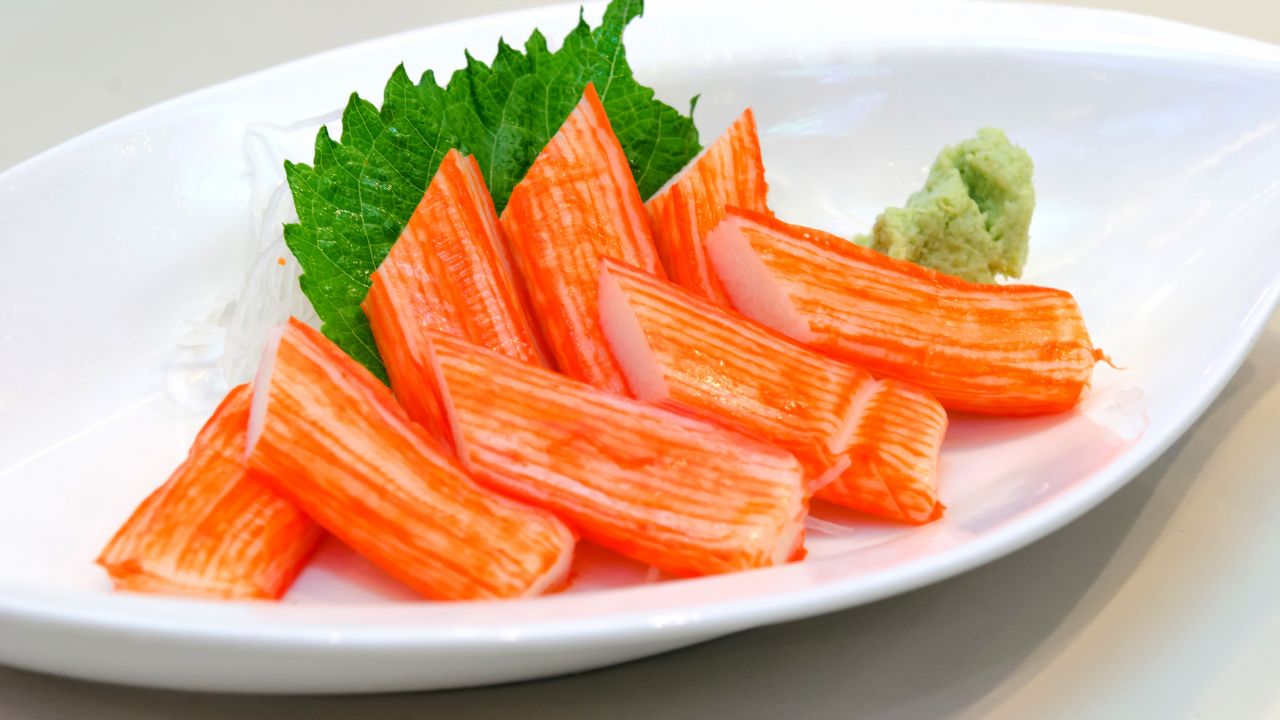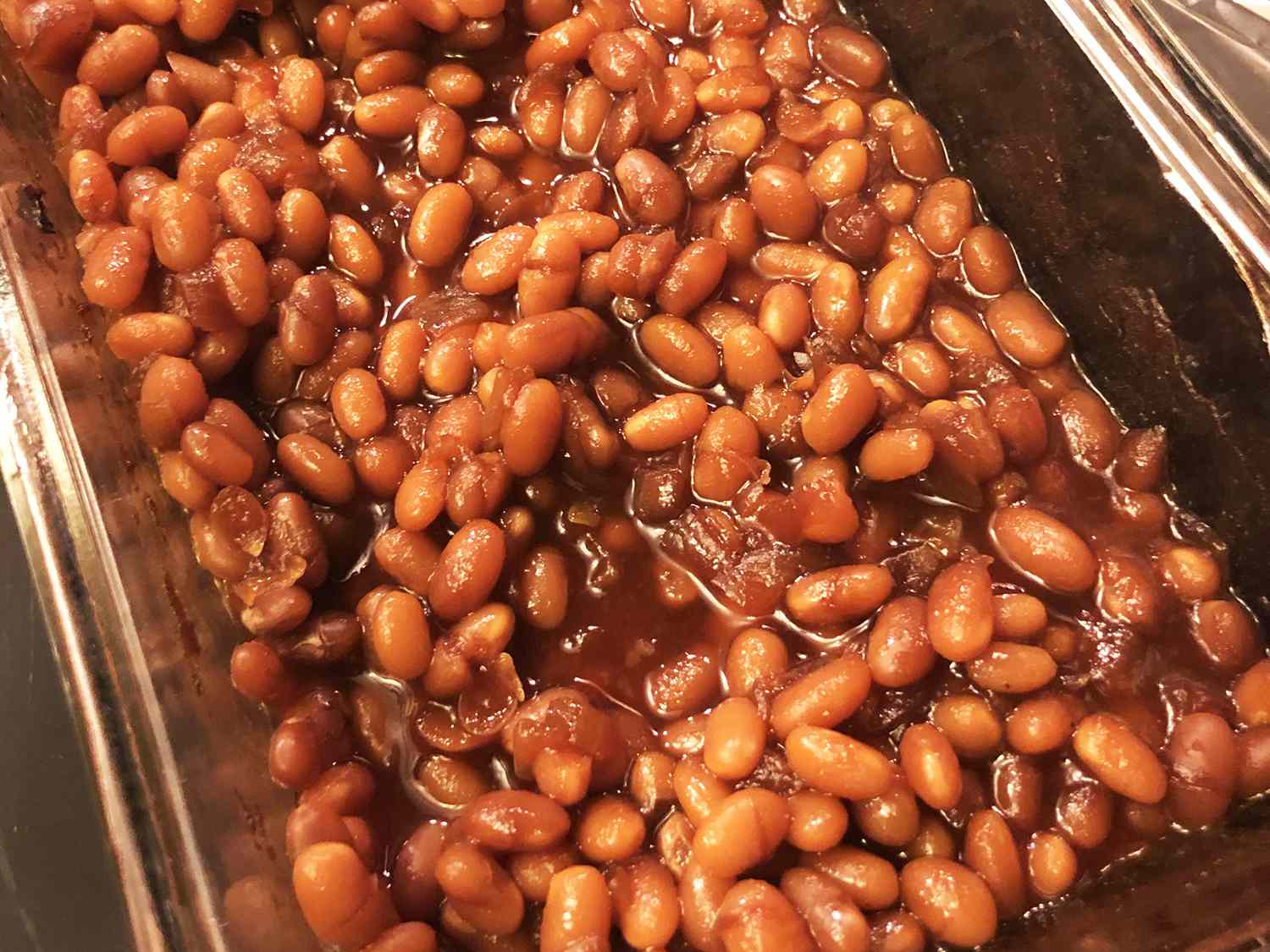Cooking Snow White mushrooms transforms simple dishes into culinary masterpieces with their unique, delicate flavor and velvety texture. These mushrooms, known for their pristine appearance and meaty bite, offer versatility in the kitchen, making them a favorite among amateur chefs and food enthusiasts alike. Whether sautéed, roasted, or simmered, they infuse meals with a depth of flavor that's hard to match. In this guide, we'll share tips and tricks for preparing Snow White mushrooms, ensuring they become the star of your next dish. Get ready to elevate your cooking game with these enchanting fungi.
Essential Ingredients for Snow White Mushrooms
- Snow White mushrooms – 1 pound, cleaned and sliced
- Olive oil – 2 tablespoons
- Garlic – 3 cloves, minced
- Shallots – 2, finely chopped
- Fresh thyme – 1 tablespoon, leaves only
- Salt – to taste
- Black pepper – freshly ground, to taste
- Butter – 1 tablespoon
- White wine – 1/4 cup
- Heavy cream – 1/2 cup
- Parmesan cheese – 1/4 cup, grated
- Parsley – for garnish, chopped
Necessary Tools for Crafting the Perfect Dish
- Chef's Knife
- Cutting Board
- Sauté Pan
- Wooden Spoon
- Measuring Cups
- Measuring Spoons
- Garlic Press (optional)
- Grater (for cheese, if using)
- Vegetable Peeler
- Mixing Bowl
Snow White mushrooms, known for their delicate flavor, should be cooked gently. Sautéing in butter or olive oil over medium heat enhances their taste without overpowering their subtle, earthy notes.
The Magic Behind Cooking Snow White Mushrooms
Cooking Snow White mushrooms brings out their delicate flavor and tender texture, making them a favorite among culinary enthusiasts. These mushrooms absorb flavors well, enhancing dishes with their subtle, earthy notes. Proper preparation ensures they retain their nutritional value, offering a rich source of antioxidants and vitamins.
Understanding the right technique to cook Snow White mushrooms is crucial for preserving their unique qualities. Gentle sautéing or steaming can highlight their natural taste without overpowering them. This approach allows amateur chefs to incorporate these mushrooms into various dishes, elevating everyday meals with a touch of gourmet flair.
Your Guide to Mastering Snow White Mushrooms
Cooking Snow White Mushrooms: Step by Step Guide
-
Clean the Mushrooms
- Gently wipe Snow White mushrooms with a damp cloth to remove any dirt.
- Avoid soaking them in water as they absorb moisture quickly, which can affect their texture.
-
Trim the Ends
- Slice off the very end of the stems as they can be tough.
- Ensure not to remove too much, just the hard part at the bottom.
-
Choose a Cooking Method
- Snow White mushrooms are versatile. You can sauté, grill, bake, or steam them.
- Select a method that complements your overall dish.
-
Prep for Cooking
- If sautéing, chop the mushrooms into even slices to ensure uniform cooking.
- For grilling or baking, you might leave them whole or slice them in half, depending on your preference.
-
Season Well
- Season with salt, pepper, and any herbs or spices of your choice.
- Snow White mushrooms have a delicate flavor that pairs well with garlic, thyme, and parsley.
-
Cooking Process
- Sauté: Heat olive oil or butter in a pan over medium heat. Add mushrooms and cook until golden brown, usually about 5-7 minutes.
- Grill: Preheat the grill to medium-high. Brush mushrooms with oil and grill for 4-5 minutes on each side.
- Bake: Preheat oven to 375°F (190°C). Place mushrooms on a baking sheet, drizzle with oil, and bake for 15-20 minutes.
- Steam: Place mushrooms in a steamer basket over boiling water. Cover and steam for 5-7 minutes.
-
Taste and Adjust Seasoning
- After cooking, taste a small piece. Adjust the seasoning with more salt, pepper, or herbs if needed.
-
Serving Suggestions
- Serve as a side dish or incorporate into pastas, risottos, or as a topping for steaks and burgers.
- Their unique texture and flavor enhance a variety of dishes.
-
Storage
- If you have leftovers, store them in an airtight container in the refrigerator.
- Use within 3-4 days for best quality.
-
Enjoy Your Dish
- Snow White mushrooms add a gourmet touch to everyday meals. Enjoy experimenting with them in different recipes.
A Final Stir on Snow White Mushrooms
Cooking Snow White mushrooms isn't just about tossing them into a pan; it's an art that combines flavor, nutrition, and a touch of magic in the kitchen. Remember, these mushrooms are versatile, so whether you're sautéing, baking, or simmering them in a stew, they're sure to add a delightful twist to your meals. Key tips like cleaning them gently, not overcrowding the pan, and adding a splash of acidity can elevate your dish from good to gourmet. So, next time you spot Snow White mushrooms at the market, don't hesitate to bring them home. With these tricks up your sleeve, you're well-equipped to turn these fungi into a feast that's as enchanting as their fairy tale namesake. Happy cooking, and may your meals always be filled with a bit of wonder!
More Delicious Recipes Featuring Snow White Mushrooms
After mastering the techniques of cooking Snow White mushrooms, the culinary adventure continues with a selection of recipes designed to enhance your skills and delight your palate. For those who crave a comforting and sophisticated dish, the Creamy Mushroom Risotto Recipe is an excellent choice, allowing you to practice the delicate balance of flavors and textures. If you're looking for a lighter yet equally satisfying option, the Mushroom and Spinach Frittata Recipe showcases the mushrooms in a vibrant, healthy context. For a more indulgent approach, the Mushroom Alfredo Pasta Recipe combines creamy sauce with the earthy tones of the mushrooms for a truly decadent meal. Each recipe offers a unique way to apply your newfound knowledge and impress your guests with delicious, mushroom-centered dishes.
All Your Questions Answered
How do I clean Snow White mushrooms before cooking?
Gently wipe Snow White mushrooms with a damp cloth or paper towel. Avoid soaking them in water, as they absorb moisture quickly, which can affect their texture and flavor when cooked.
What's the best way to cook Snow White mushrooms?
Sautéing is a fantastic method. Heat some olive oil or butter in a pan over medium heat, toss in sliced mushrooms, and cook until they're golden brown. This technique brings out their natural sweetness and gives them a delightful, slightly crispy texture.
Can I grill Snow White mushrooms?
Absolutely! Brush them with a bit of olive oil, season with salt and pepper, and place them on a hot grill. Keep an eye on them, turning once, until they're nicely charred. Grilling adds a smoky flavor that's hard to resist.
Are Snow White mushrooms good for stuffing?
Yes, they are excellent for stuffing due to their size and firm texture. Remove the stems, fill the caps with your favorite stuffing, and bake until the filling is hot and the mushrooms are tender. They make for an impressive appetizer or side dish.
How can I incorporate Snow White mushrooms into pasta dishes?
Slice them thinly and sauté with garlic, then toss them into your pasta with some of the pasta water. They add a rich, earthy flavor that complements creamy and tomato-based sauces alike.
What are the nutritional benefits of Snow White mushrooms?
These mushrooms are low in calories yet rich in nutrients, including protein, fiber, vitamins B and D, selenium, and potassium. They're a healthy addition to any diet, contributing to immune system support and overall well-being.
Can Snow White mushrooms be eaten raw?
While you can eat them raw, cooking enhances their flavor and makes them easier to digest. Raw Snow White mushrooms can be a bit tough and have a mild flavor, but when cooked, they become tender and develop a more pronounced taste.
Was this page helpful?
Read Next: How To Cook 1/2 Cup Jasmine Rice
